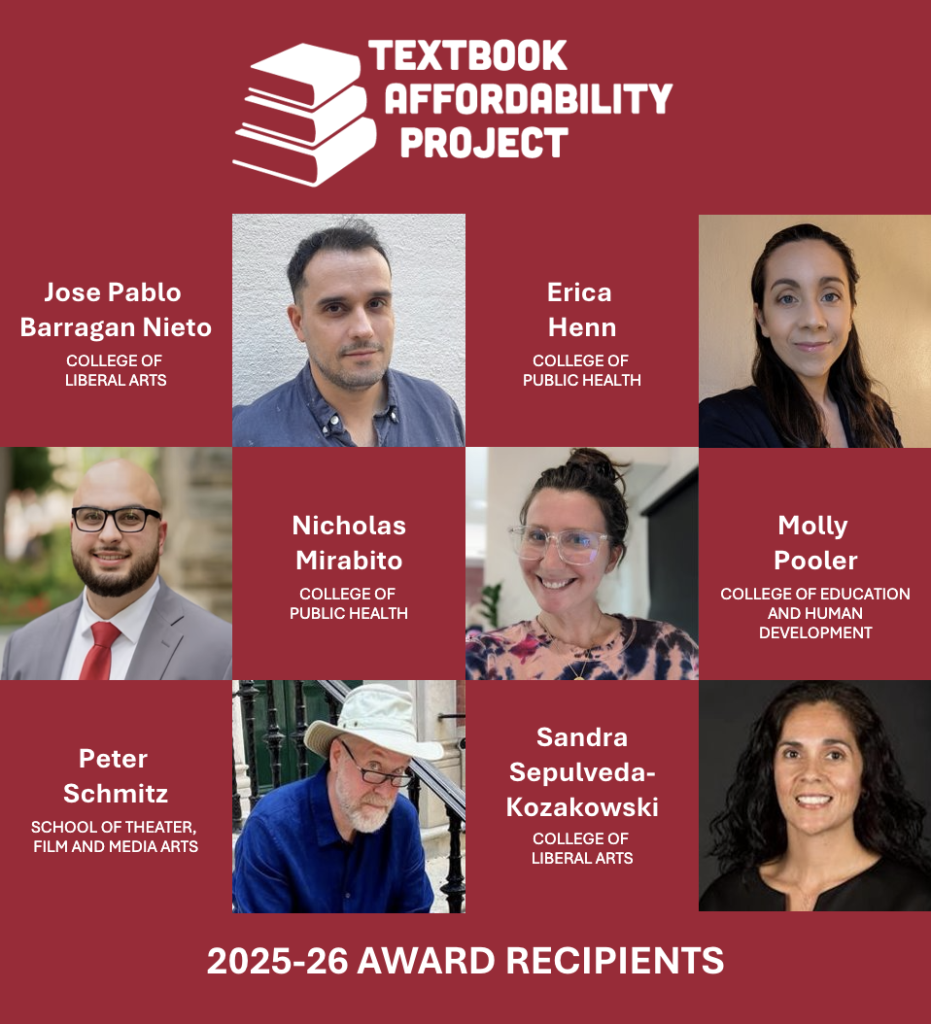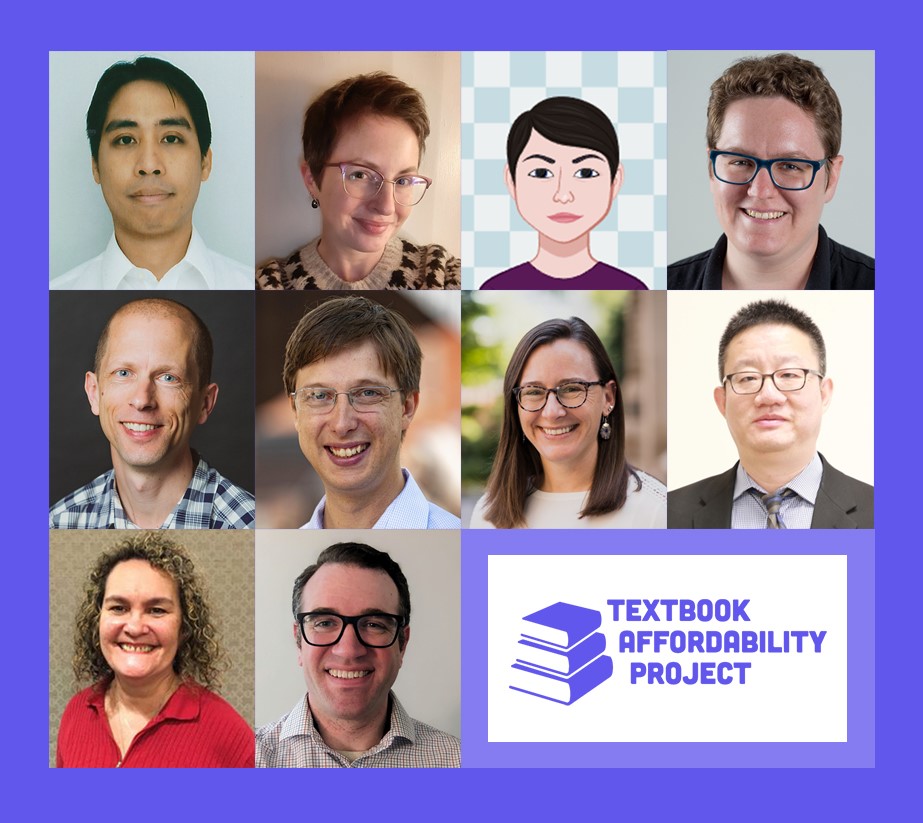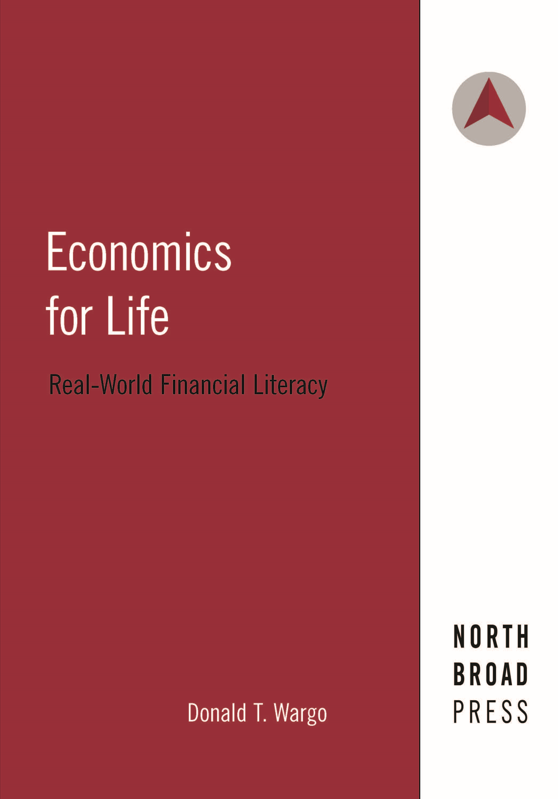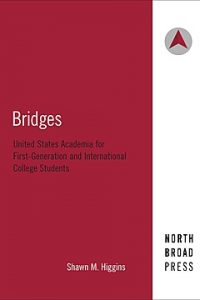As part of Temple University Libraries’ celebration of Open Education Week, we’d like to highlight some of the many Temple faculty who have been awarded a grant via the Textbook Affordability Project to adopt an open textbook, adapt content available through the library, or create an open educational resource/open assignment. Some Temple faculty are also working with our North Broad Press to create an open textbook. Since 2011, the TAP has granted awards to over 85 faculty across nearly every discipline at Temple University and saved students over one million dollars!
Interested in learning more? Take a look at some of these ideas and example projects; reach out to the subject librarian serving your discipline, or for more information on open educational resources (OER), please visit Discovering Open Educational Resources.
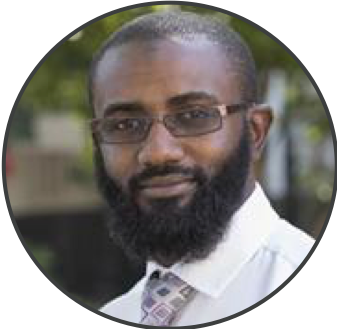 Quaiser Abdullah, Communication and Social Influence, Klein College of Media and Communication
Quaiser Abdullah, Communication and Social Influence, Klein College of Media and Communication
Which course(s) have you integrated an open educational resource?
CSI 2401: Intercultural/Cross-Cultural Conflict
Why did you choose an open educational resource?
Primarily to provide accessibility to students (cost and availability).
How did OER help your students?
It definitely saves them money. It allowed all students to have access to the materials (even if they did not have technology at home) they had access on campus or anywhere there was technology available. It allowed them to interact with the materials outside of class without having to carry texts to various places.
 Eleni Anni, Biology, College of Science and Technology
Eleni Anni, Biology, College of Science and Technology
Which course(s) have you integrated an open educational resource?
My Textbook Affordability Project award was for a proposal to switch from a textbook based course to a non-textbook taught course which would take advantage of the expanding Open Education Resources. The course BIOL3354: Neural Basis of Behavior is taken by CST majors in Cellular & Molecular Neuroscience, and Biology students, as well as by CLA and Engineering students.
I am using increasingly OERs to supplement the textbook material in the other courses I teach:
-
- BIOL3352: Systems Neuroscience
- BIOL3358: Cellular & Molecular Neuroscience
- BIOL3361: Molecular Neuropharmacology
- BIOL3380: Regenerative Biology, a course I designed in 2019 is based entirely on literature articles and OERs
In addition, I have used OERs for BIOL3080: Directed Readings in Molecular Neuropharmacology and supervised Research in Neuroscience projects (BIOL 3082, BIOL 4391, and BIOL 4591).
Why did you choose an open educational resource?
Textbooks for a course are usually underused. In my experience only 1/3 of the textbook chapters is used for a course. The content of the remaining 2/3 of the textbook does not align well with our courses. OERs offer a variety of teaching material to fit different levels of learning students in a classroom.
How did OER help your students?
Use of OERs help students save money spent otherwise on underused textbooks which in my field become also outdated in a couple of years.
 David Brown, Advertising and Public Relations, Klein College of Media and Communication
David Brown, Advertising and Public Relations, Klein College of Media and Communication
Which course(s) have you integrated an open educational resource?
I have used open educational resources in my capstone public relations courses…along with my special topics course, “Politics, Power and PR” and our Bateman competition class which is among the most rigorous campaign capstone course that routinely attracts our highest performing public relations students.
Why did you choose an open educational resource?
I chose open educational resources because the information in the field is changing so rapidly that most textbooks are obsolete as soon as they are published. By using OER, we get the most current information and expertise in the industry that a student can immediately apply to their work…just as it works in the real world.
How did OER help your students?
Open educational resources helped my students by helping them to refine their research skills while eliminating a financial barrier that often comes with having to buy expensive textbooks that they may not use beyond the class. It also helped me to stay plugged into the most recent scholarly and industry research in keeping my own skills sharp and nimble.
 Guillermo Caliendo, Communication and Social Influence, Klein College of Media and Communication
Guillermo Caliendo, Communication and Social Influence, Klein College of Media and Communication
Which course(s) have you integrated an open educational resource?
CSI 3896: Rhetorical Criticism
Why did you choose an open educational resource?
Because it makes readings and exercises much more accessible to students.
How did OER help your students?
It has helped my students educationally and financially.
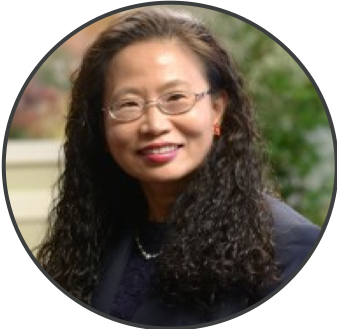 Isabelle Chang, Psychology, College of Liberal Arts
Isabelle Chang, Psychology, College of Liberal Arts
Which course(s) have you integrated an open educational resource?
My proposals were accepted by the Temple University Library’s Textbook Affordability Project to use open educational resources (OER) for PSYCH 1003: Statistics for Psychology (2017) and PSYCH 0825: Quantitative Methods in the Social Sciences (2018). I have now adopted OER for all of my courses this year.
Why did you choose an open educational resource?
The benefits of OER go far beyond saving money. The results of studies* based on my own classes show that:
-
- Final grades in the OER class were on a par with the traditional textbook class.
- OER equalize student engagement and performance by narrowing the dispersions of page views, on-time assignment submissions (OTAS), attendance, and final grades.
- OER increased attendance and lessened excessive dependence on learning management system (LMS) course materials recorded in the traditional class.
- The indirect effect of attendance on final grades was stronger than the direct effect of OTAS in the OER class, indicating students can better assimilate course content and comprehend lectures when they had access to textbooks, thanks to the “same page” effect. In contrast, attendance could not generate as much of an indirect effect when mediating OTAS on final grades in the traditional textbook class.
- Furthermore, moderation test results suggest that the availability of textbooks is a factor influencing student course success.
It appears that OER are more important than ever in elevating overall student academic success.
How did OER help your students?
The “same page” effect of OER might be the most beneficial one for students. Instructors can project the text on the projector interchange with their teaching notes on the PowerPoint slides and/or other instructional related technology or devices. Instructors should encourage students to have the OER text on their laptop so that they can follow the instructor on what is being discussed in the lecture and where to locate the full materials in the text. Hence, the instructor and students are on the “same page” which contributes to better assimilation of course content and comprehension of lectures.
*The manuscript of this study has been accepted for publication in one of the journals in higher education. In addition, this study has been presented in the following conferences:
-
- AAC&U’s General Education, Pedagogy, and Assessment conference, February 20-22, 2020 in Jacksonville, FL.
- The 18th Annual Faculty Conference on Teaching Excellence, Center for the Advancement of Teaching, Temple University, January 7, 2020.
- OpenCon Philly, Temple University, November 1, 2019.
 Whitney Collins, Advertising, Klein College of Media and Communication
Whitney Collins, Advertising, Klein College of Media and Communication
Which course(s) have you integrated an open educational resource?
ADV 1004: Introduction to Marketing
Why did you choose an open educational resource?
I was sensitive to two emerging trends. First was the rising costs of a college education of which texts are a component. Second was the availability of quality, online, peer-reviewed open sources. My interest was piqued by Temple University who challenged me to think about how to leverage open educational resources in a meaningful way.
How did OER help your students?
I’d like to think there were several benefits the students experienced, as class evaluations and feedback suggested. Two would be personal finances and academic achievement. (1) Personal finance, meaning for the course there was no investment required for texts. All resources were open and virtual. Students saved money! (2) Academic achievement because over the course of the term the students actually collaborated to write their own Intro to Marketing Primer. This class developed text was a reference for their ‘open book’ final exam – a built-in incentive for them to ensure their work was thorough and accurate. They did a great job!!
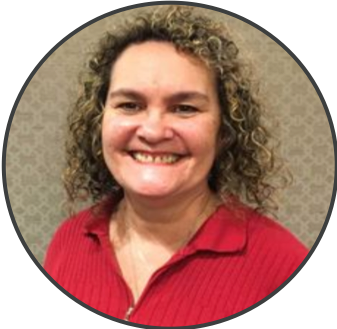 Norma Corrales Martin, Spanish, College of Liberal Arts
Norma Corrales Martin, Spanish, College of Liberal Arts
*Norma is currently publishing an open textbook with North Broad Press.
Which course(s) have you integrated an open educational resource?
I have used an Open Educational Resource in my Spanish Conversational Review class, a fourth semester class, that stresses conversation using the vocabulary and structures used in previous semesters.
Why did you choose an open educational resource?
I have been teaching Spanish using music for more than 20 years. I put together my experience and knowledge of Latin music to create a textbook based entirely on songs that review a particular Spanish structure and that can address a communicative goal.
How did OER help your students?
Some of the students comments had to do with saving money by not buying a textbook, a more targeted learning experience, the syllabus and course materials were together in one place and more real life Spanish.
 Sherri Hope Culver, Media Studies and Production, Klein College of Media and Communication
Sherri Hope Culver, Media Studies and Production, Klein College of Media and Communication
Which course(s) have you integrated an open educational resource?
MSP1655: The Business of Media
Why did you choose an open educational resource?
The course deals with topical issues in the media industry. There is simply no way for a textbook to respond quickly enough to the changes happening in the industry each year.
How did OER help your students?
Of course, the #1 way it helped my students was in cost savings. They didn’t have to purchase a textbook. (Although I did encourage students to assess their own learning methods and print the alternate materials if they felt that would improve their ability to learn.)
It also sent a message to the students that the course and my approach was going to be topical and “of the moment” as much as possible. Using open educational resources allowed us to use sources that dealt with more recent acquisitions or financial situations, changes in media content and programming, etc.
And, students were able to easily access all course materials wherever they were since all materials were available online. It also allowed me to more easily incorporate podcasts and other media content as assignments.
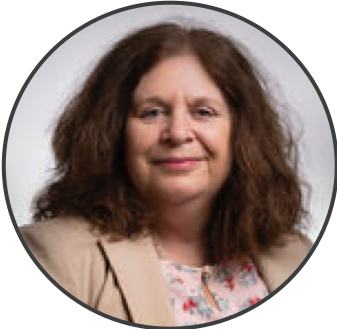 Bari Dzomba, Health Services Administration and Policy, College of Public Health
Bari Dzomba, Health Services Administration and Policy, College of Public Health
Which course(s) have you integrated an open educational resource?
Master of Science in Health Informatics Program, Course HIM 5129: Health Data Analytics
Why did you choose an open educational resource?
The field of health informatics, and sub-discipline data science is a fast moving field and traditional learning materials such as textbooks quickly become obsolete as new tools and methodologies are designed. It just made sense to utilize open educational resources for this particular course as there is an abundant amount of material available given the very nature of open source software.
How did OER help your students?
Our students will be entering the job market with skills in leading analytics software and methods without any additional cost for the students.
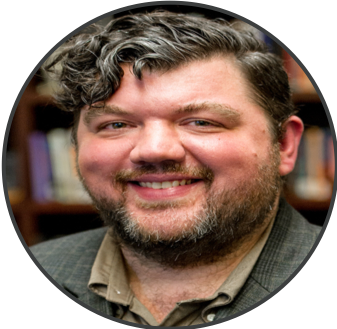 Rob Faunce, English, College of Liberal Arts
Rob Faunce, English, College of Liberal Arts
Which course(s) have you integrated an open educational resource?
ENGL 0802: Analytical Reading and Writing
ENGL 0922: Shakespeare in the Movies
ENGL 2696: Technical Writing
Why did you choose an open educational resource?
Open educational resources strengthen our classes by allowing students access to sustainably reusable, high-quality materials that enhance their educational experience at no cost.
How did OER help your students?
Students can access material at any time from anyplace in the world, which aligns with our faster-paced and technological-driven world
 Natalie Flynn, Earth and Environmental Science, College of Science and Technology
Natalie Flynn, Earth and Environmental Science, College of Science and Technology
Which course(s) have you integrated an open educational resource?
EES 0836: Disasters: Geology V Hollywood
EES 0837: Evolution and Extinction
EES 2001: Physical Geology
Why did you choose an open educational resource?
Over my many years of teaching, I discovered an increasing number of students did not have access to the educational materials. Many science courses require/request more than one textbook due to the lecture/lab style. The lack of access to quality learning materials created an intolerable educational gap that degraded my intended pedagogical style. After various attempts to fill these gaps, I became involved in the Textbook Affordability Project, thanks to Steven Bell and his wonderful team.
How did OER help your students?
As a result of knowing that all of my students have access to quality learning materials, I have been able to incorporate active and student centered learning practices. Students are able (required) to read and review material before and outside of class which allows for richer topic discussions and so much more.
 Tim Fukawa-Connelly, Middle Secondary Education, College of Education
Tim Fukawa-Connelly, Middle Secondary Education, College of Education
Which course(s) have you integrated an open educational resource?
EDUC 1017: College Algebra
Why did you choose an open educational resource?
I am committed to lowering the cost for students in order to make a high-quality education more affordable and accessible. Moreover, given the plethora of high-quality OER resources that have been developed, especially in mathematics, it makes sense to do so. The College Algebra textbook is typically used for only a semester, and, when it was costing above $100, and, used or rental options were not meaningfully cheaper due to the alignment with the publisher’s online bundle (including an online homework system). The primary work was to find and align our work with another homework portal that would be free to the students!
How did OER help your students?
As always, lowering the barrier to participation allows students immediate access. They all had their text on the first day. They were all able to use the homework portal all semester! Sometimes, in the past, they would register for a free trial which would expire, and then they would be locked out for a while until they could afford to buy access. Or, they would create a second account, and no longer have access to prior work, or… In short, students were more prepared, more able to do their work, and, we’ve been quite happy with the results.
 Chris Harper, Journalism, Klein College of Media and Communication
Chris Harper, Journalism, Klein College of Media and Communication
Which course(s) have you integrated an open educational resource?
JRN 3101: Journalism Law and Ethics
Why did you choose an open educational resource?
The cost of textbooks in a law course run nearly $100, which I decided was asking too much for the students to pay. Even the used books ran at least $70.
How did OER help your students?
The main help was elimination of the textbook, but the open educational resource also allowed me to provide digital access to the materials without a copyright problem.
 Shawn Higgins, Academic Coordinator for Bridge Program, Temple University Japan
Shawn Higgins, Academic Coordinator for Bridge Program, Temple University Japan
*Shawn is currently publishing an open textbook with North Broad Press.
Which course(s) have you integrated an open educational resource?
AMST 0862: First Person America
TUJ 1001: Bridge Seminar
TUJ 1002: Academic Research for International Students
Why did you choose an open educational resource?
Knowledge shouldn’t be behind a paywall! If people want to learn, then let them learn!
How did OER help your students?
The free e-textbook I wrote replaced a $90 textbook, saving my class of around 20 new students $1,800 each semester. I lightened backpacks and saved trees by adopting a free e-textbook. Less postural imbalance and more carbon dioxide filtering!
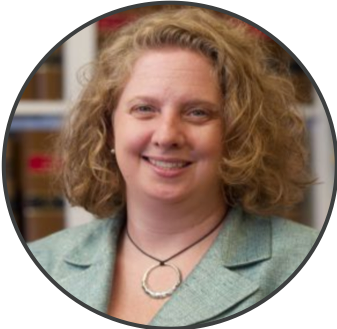 Sara Jacobson, Trial Advocacy, Beasley School of Law
Sara Jacobson, Trial Advocacy, Beasley School of Law
Which course(s) have you integrated an open educational resource?
We used an open educational resource for the Integrated Trial Advocacy Program, Introduction to Trial Advocacy, and for a section of Introduction to Trial Advocacy that we teach to students from China in our international LLM program each summer.
Why did you choose an open educational resource?
Once we knew the resource was available, this was an easy choice. We want to save students money where we can.
How did OER help your students?
This helped our students two ways. First and foremost, it saved them the cost of buying the book. Secondly, because the resource was available online, it was available to them any time they had access to the internet, without worrying about whether they had their book with them.
 Jodie Levine Laufgraben, Policy, Organizational and Leadership Studies, College of Education
Jodie Levine Laufgraben, Policy, Organizational and Leadership Studies, College of Education
Which course(s) have you integrated an open educational resource?
I do not require a textbook in any of my courses. I participated in the Textbook Affordability Project when I created my Introduction to Higher Education course.
Why did you choose an open educational resource?
The students in my Introduction to Higher Education course read all primary source documents that are available as open educational resources. There are textbooks that cover the history of higher education but I wanted to expose students to documents that provide students with a sense of what was being written and said about higher education through time. For example, they read the actual charters of institutions, magazine articles about student life on campus and court cases.
How did OER help your students?
Students gained a better sense of the different periods in American Higher Education by reading materials from the different eras. Also, they get exposed to different types of documents from news stories to government reports to videos.
 Jaclyn Neel, Greek and Roman Classics, College of Liberal Arts
Jaclyn Neel, Greek and Roman Classics, College of Liberal Arts
Which course(s) have you integrated an open educational resource?
I use open educational resources to some degree in every class that I teach. If there is an open resource available that is as good as the traditional resource, I will choose open every time.
Why did you choose an open educational resource?
OER are more accessible, in every sense of the word. I want my students to not only learn about the many amazing resources available for my discipline (Classics, the ancient world of Greece and Rome), but also to learn how to approach these resources in an informed and educated way. I also want them to be able to share their learning experience with friends and family outside the classroom, and to be able to revisit topics of interest after the semester ends!
How did OER help your students?
Not only do I save students money, but I can also enrich their educational experience. In Latin this year, I was able to introduce short videos. Everyone thinks Latin is a dead language, but in my class we watch movies that let students learn Latin by taking tours of ancient Rome!
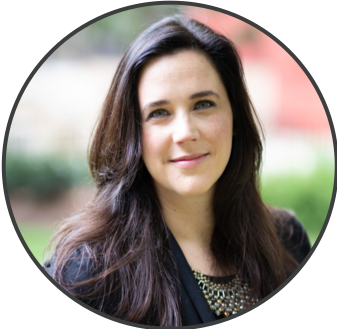 Amanda Neuber, Honors Program
Amanda Neuber, Honors Program
Which course(s) have you integrated an open educational resource?
Honors Introduction to Psychology
Why did you choose an open educational resource?
Three reasons: to help alleviate the significant financial burden of purchasing traditional textbooks – books that are outdated almost as soon as they are printed; to destigmatize the idea that open source materials are less reliable or credible; and, to serve as an advocate for use of open source materials in all Honors classes.
How did OER help your students?
Students were appreciative of an online open-source textbook because of the accessibility, sustainability, and cost savings. Furthermore, since it lives online and could be edited or updated at anytime, the examples used to illustrate theories were current and interesting.
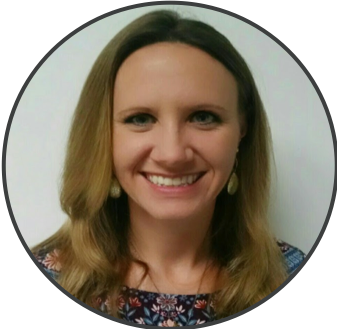 Alisha Nypaver, Music Studies, Boyer College of Music and Dance
Alisha Nypaver, Music Studies, Boyer College of Music and Dance
Which course(s) have you integrated an open educational resource?
I developed an alternative textbook with listening guides for my World Musics and Cultures class and I adopted an OER textbook for the online sections of Exploring Music.
Why did you choose an open educational resource?
I used to use a $69 online eBook platform for the Exploring Music courses and every semester I would get emails from students saying that they couldn’t afford the book so the had to drop the course.
How did OER help your students?
The OER book wasn’t perfect, but it provided a solid foundation upon which I could build a more robust and customized book that I was able to embed directly into Canvas. Students really appreciate not having to spend additional money to purchase a text and like the convenience of having everything on one page instead of having to link out to a publisher site.
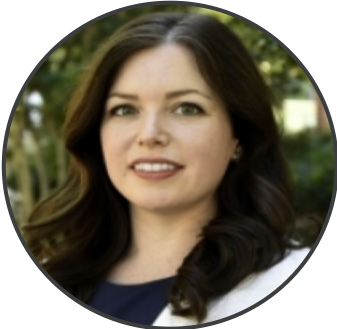 Jacqueline Phillips, Kinesiology, College of Public Health
Jacqueline Phillips, Kinesiology, College of Public Health
Which course(s) have you integrated an open educational resource?
KINS 1221 & 1222: Principles of Anatomy I and II
Why did you choose an open educational resource?
My primary goal in choosing an open textbook was to cut down cost for my students. Our former textbook bundle was very expensive and did not match our learning objectives for these courses very well so I looked at integrating an open educational resource as an opportunity to improve several aspects of these courses.
How did OER help your students?
Not only has the affordability of this course greatly increased, but now I have the ability to edit our textbook. This has enabled me to cut out sections of the textbook that are not relevant to our learning objectives while also adding materials to supplement certain topics. Molding our textbook has drastically increased the clarity of focus for students. Now my students have a much easier time reading the text and have overall been more successful with our courses.
 Gary Pratt, Intellectual Heritage, College of Liberal Arts
Gary Pratt, Intellectual Heritage, College of Liberal Arts
Which course(s) have you integrated an open educational resource?
I’ve use open educational resources in both my Intellectual Heritage I and II courses.
Why did you choose an open educational resource?
I try to use open resources as often as possible to reduce the cost of texts, to make the course materials as accessible as possible, and to create opportunities for new ways of learning.
How did OER help your students?
Students were only able to access the materials easily and from almost anywhere. Working with students, we were able to create new and different texts: annotated, interactive, or illustrated editions. In short, students were making the course.
 Daniele Ramella, Chemistry, College of Science and Technology
Daniele Ramella, Chemistry, College of Science and Technology
Which course(s) have you integrated an open educational resource?
CHEM 1031 and 1032: General Chemistry I and II.
Why did you choose an open educational resource?
Cost. When I first joined Temple, one semester worth of chemistry materials could cost up to $300 to each student! Thanks to OER, I lowered that cost to about $35 per student. We tracked the academic outcomes and it didn’t make any difference! I eventually moved to some non-OER because it is virtually free to students under a subscription they anyways need to purchase for other classes.
How did OER help your students?
Financially. And removes the disadvantage felt by students who cannot afford traditional textbooks.
 Wesley Roehl, Tourism and Hospitality Management, School of Sport, Tourism and Hospitality Management
Wesley Roehl, Tourism and Hospitality Management, School of Sport, Tourism and Hospitality Management
Which course(s) have you integrated an open educational resource?
I’ve used OER in both undergraduate and graduate level classes. In THM 1311, Business of Tourism and Hospitality Management, all of the assigned material is from OER sources. The same is true in THM 5345, Understanding Tourism in the 21st Century. In another master’s level class, THM 5601, Service Industry Analytics, I use a mix of OER materials and industry-oriented trade paperbacks.
Why did you choose an open educational resource?
Because of the flexibility they gave me to focus on the content I found most relevant to my course objectives and because of my concern that the price of traditional textbooks was a burden on my students.
How did OER help your students?
I think this strategy helps students by making it easier to expose them to a variety of voices, perspectives, and content beyond what they might experience from a single traditional textbook. The price issue can’t be ignored, either.
 Michelle Scarpulla, Social and Behavioral Sciences, College of Public Health
Michelle Scarpulla, Social and Behavioral Sciences, College of Public Health
Which course(s) have you integrated an open educational resource?
I used open educational resources in SBS3105 Fundamentals of Health Education.
Why did you choose an open educational resource?
I decided to do this because I couldn’t find a textbook that covered all of the content I feel is important for this class. All of the textbooks I reviewed had some of it, but none of them included it all. I was already supplementing with online articles and videos, so it just seemed to make more sense to fully implement this in my class.
How did OER help your students?
It has helped my students in a number of ways. First, they do not have to pay for a textbook, which most of them are very grateful for. Secondly, there is no delay in the beginning of the semester while students wait for books they have ordered online to arrive. Finally, it allows for hearing multiple views on a topic. Since there are readings from so many different sources, they are able to “hear” from many different experts on the content.
 Felix Udoeyo, Civil and Environmental Engineering, College of Engineering
Felix Udoeyo, Civil and Environmental Engineering, College of Engineering
*Felix recently published an open textbook with North Broad Press.
Which course(s) have you integrated an open educational resource?
I have used open educational resources in two of my classes, namely CET 3145: Structural Analysis and CET 3333: Soil Mechanics.
Why did you choose an open educational resource?
Being aware of the financial burden on our kids in the college, and in a bid to help in a small measure to lighten this burden, I accepted the challenge by the Library to make educational materials affordable to the students via open educational resources.
How did OER help your students?
At the end of the courses, a questionnaire was administered to the students to find out how helpful to their learning were the open educational resources provided. Here are some of their comments:
-
- “Using this method was much more effective, straight to the point and with no unnecessary examples.”
- “It was easier than using textbooks, more accessible and cost effective.”
- “New materials were accessible.”
- “Alternative text is more practical and consistent, easy to go through and to understand.”
- “Did not need to buy textbook, and all information was concise.”
- “All notes were clear and provided good examples.”
 Elvis Wagner, Middle Secondary Education, College of Education
Elvis Wagner, Middle Secondary Education, College of Education
Which course(s) have you integrated an open educational resource?
FLED 5429: Curriculum and Methods in Foreign Language Education
Why did you choose an open educational resource?
This course is part of a two-course sequence. With the other course in the sequence, I assign a textbook. It’s a very good textbook, and I think it’s beneficial for my students. But it’s also very expensive–$125 for a new copy. I was also using a textbook in the FLED 5429 course that I didn’t particularly like, so I decided to ditch the textbook and use a collection of book chapters and journal articles available for free through the library.
How did OER help your students?
The materials I used instead of the textbook work better than the textbook, and it’s much easier to update the materials and also customize the content by swapping out chapters/articles for more recent and/or more relevant material. And it saves the students money!
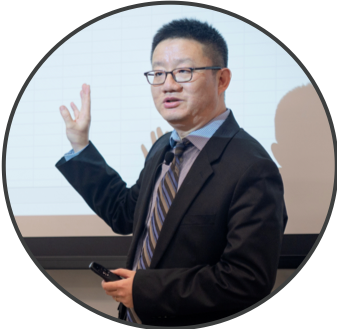 Jingwei Wu, Epidemiology and Biostatistics, College of Public Health
Jingwei Wu, Epidemiology and Biostatistics, College of Public Health
Which course(s) have you integrated an open educational resource?
I used an open educational resource in teaching my graduate-level College of Public Health core course: Introduction to Biostatistics.
Why did you choose an open educational resource?
Both students and instructors will benefit from an open educational resource: students can save a tremendous amount of money on the cost of textbooks and access the augmented class materials at any time; instructors can enjoy freedom and wisdom in selecting and customizing course materials that fit the competencies of their classes.
How did OER help your students?
Unlike teaching with a traditional textbook, using an OpenStax resource (such as Introductory Statistics) and Temple licensed streaming video (Films on Demand) content provides free access to high-quality, peer-reviewed, learning materials. Being Open can increase the transparency of the source material and facilitates more interaction between the instructor and student. In addition, the students indicated that the Open resources were very helpful and would use the materials beyond the end of the course.
 Dai Zusai, Economics, College of Liberal Arts
Dai Zusai, Economics, College of Liberal Arts
*Dai is currently publishing an open textbook with North Broad Press.
Which course(s) have you integrated an open educational resource?
Mathematics for economics, both for upper undergraduate and first-year graduate students.
Why did you choose an open educational resource?
No single book can meet diverse needs of my students and also our learning goals.
I can guide my students to other resources as problem sets and secondary references,
while writing an open textbook as a backbone to connect them.
How did OER help your students?
Each student finds a book that best fits with the own interests and needs for each part in the course. Besides, incoming students can easily access those open resources in advance and prepare better.
